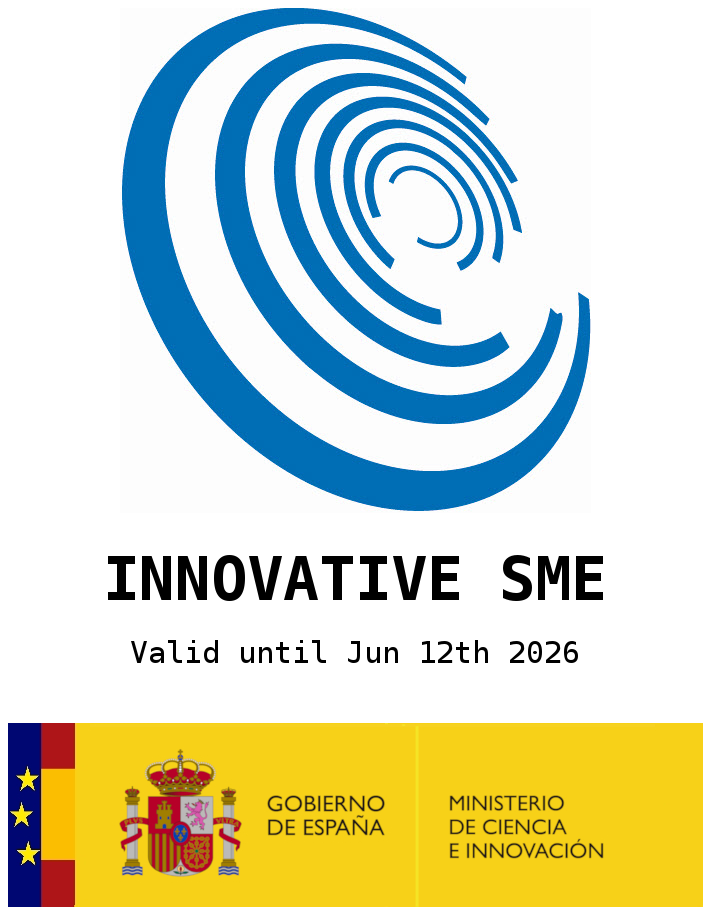Automation or customization? Or maybe both…
According to the dictionary, personalization is “the action of designing or producing something to meet someone's individual requirements”. On the other hand, in the business world, automation implies the use of technology to perform repetitive activities, which free up time and allow the employee to focus on more valuable tasks.
At first glance, automation would make the work of Customer Service more efficient, tending to solve simple needs with a large volume, without the need for human interaction (or reducing it). And this idea of "large volume" seems to be at odds with personalization in care. I disagree.
Any executive in charge of Customer Service in an organization pursues the double objective of automating to gain efficiency (to ultimately save costs) and, on the other hand, to personalize the service to gain satisfaction/NPS. Until now, this double approach has tended to be considered in a non-integrated way.
For simple, massive problems, it seems that automation should dominate and in less frequent and complex problems, customization seems to make more sense. But...
"Could it make sense to customize the resolution of simple and massive problems to the end customer?"
"Can the diagnosis and resolution of complex, low-volume problems be automated?"
Can the above be done efficiently? Today there is already technology that allows access to information in real time and algorithms that enable the resolution of complex problems based on the data collected. And this allows us to give care a more comprehensive approach that avoids the need to choose between efficiency or personalization.
When a customer interacts with the Customer Service, we can differentiate three phases in that interaction:
In the first place, the client contacts, choosing the service channel through which he does so. Secondly, the Customer Service tries to diagnose the real cause of the client's approach. Finally, the incident, complaint or doubt that the client had is resolved. The good news, as I mentioned above, is that there is already technology to automate each of the described phases of customer service in a personalized way:
- When the customer initiates the contact: it is essential to connect emotionally with the customer regardless of whether they have chosen a human-assisted service channel or a digital one. Technology already exists to detect the emotional tone of the customer to use it intelligently during the interaction. Depending on this detection, the channel through which he accesses or parameters such as his level of spending (all automatable) we can make the -personalized- decision to serve the customer in a different way, such as sending a technician to your home or move the issue to a higher priority queue, for example.
- In the diagnosis: once again, technology allows real-time access to relevant information to understand the customer's -personalized- situation, to -automatically- orchestrate an accurate diagnosis of the problem or need of the customer who contacts us. By accessing real-time data, we can narrow down the search for the real reason or root cause of the customer's problem. And so, we will need to ask them fewer questions, we will better customize what information we need from them and thus improve the efficiency and personalization of the service diagnosis.
- In the resolution: once we have a personalized diagnosis, we -automatically- orchestrate a resolution oriented to the root cause of the problem, qualifying or modulating the -personalized- resolution, once again, based on the real-time information of that client.
If, when a customer calls the call center, we provide the agent in real time with all the information necessary to address the issue, we automatically diagnose and provide automatic resolution for their specific situation, we will be taking personalization in care to the highest level. And, of course, the more intelligence and precision we have in diagnosis and resolution, the more personalization we can apply to our Customer Service, without losing the efficiency of automation.
And what about "human customer service"?
Is that what we were saying above about "freeing up time and allowing the employee to focus on more valuable tasks"? Once we use all the tools to make an automatic diagnosis and resolution that is much more specific, or once the access to automatic sources of information allows us to carry out a more personalized resolution, what additional value do we leave to the agent?
Everything related to the emotional connection with the client, walking in their shoes, understanding the consequences of their situation and making decisions accordingly. That is the additional value that agents have to continue to provide, because that is what Artificial Intelligence is not capable of replacing. At least, for now...
Related posts
Embracing generative AI: is it the new Customer Service revolution?
Generative AI (GenAI) has emerged in our daily lives in an abrupt way thanks to the ChatGPT phenomenon, transforming radically how we [...]What data is needed for effective automation in Customer Service?
Schaman troubleshooting service provides real-time support to agents and customers during support interactions. To effectively serve [...]Stay tuned to receive new content
Schaman Customer Experience Spain, S.L. © 2025







